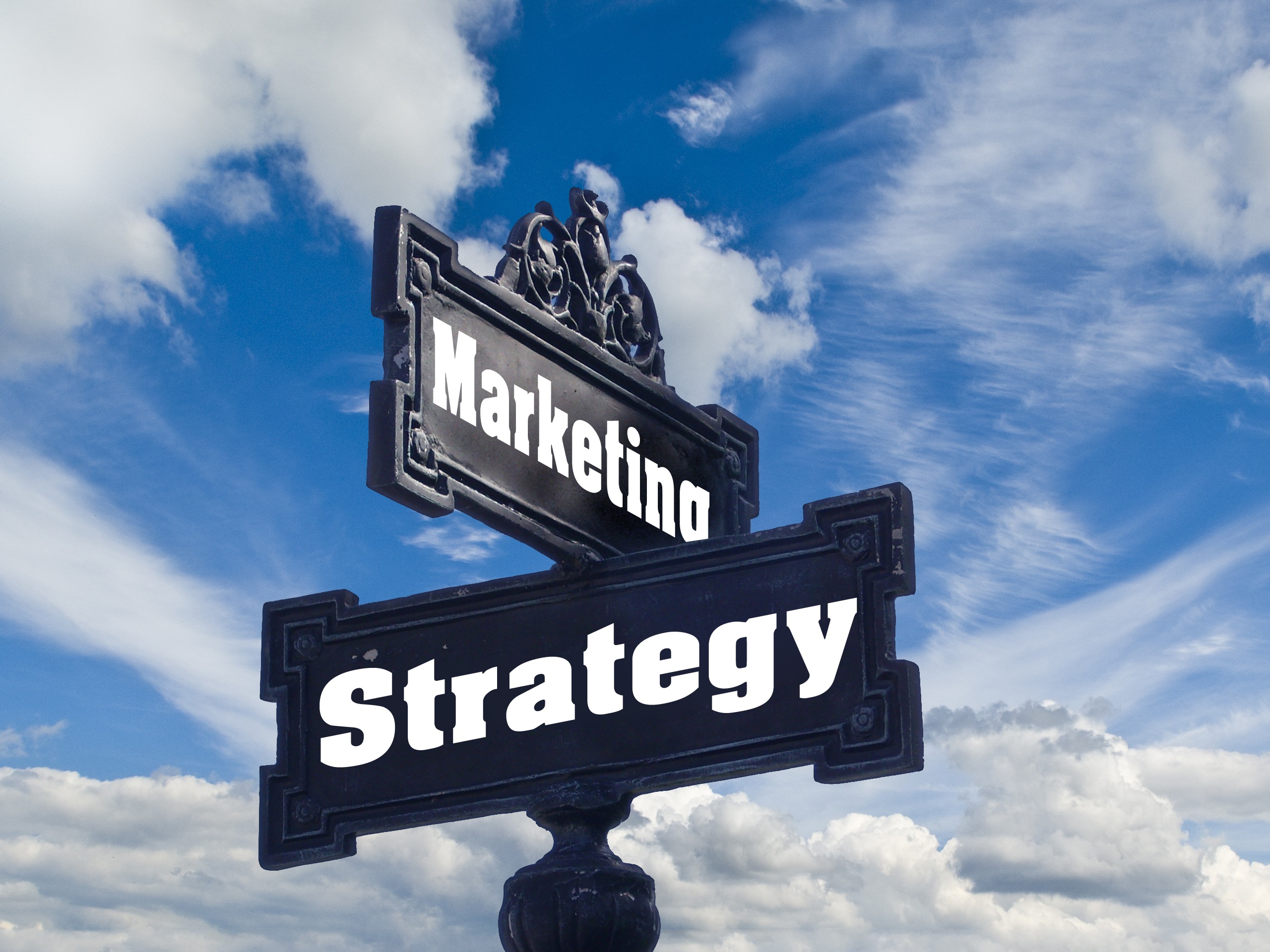
Building a Sustainable Brand: Why It Matters and How to Do It
Photo from Pixabay
Originally Posted On : https://vanquishmediagroup.com/building-a-sustainable-brand-why-it-matters-and-how-to-do-it/
Why Your Brand Sustainability Matters
Introduction
The marketplace is crowded, and the competition for consumer attention is fierce. Every day, new products and brands enter the market, making it difficult for businesses to stand out. In this environment, building a sustainable brand is crucial. This article will discuss what brand sustainability is, why it’s important, and how to build a sustainable brand.
What is brand sustainability?
Brand sustainability, also known as consumer-driven sustainability, is a strategy that involves incorporating environmentally and socially responsible practices into a company’s operations to appeal to consumers and investors. This approach focuses on finding business solutions that are economically viable, environmentally sustainable, and socially responsible. According to a study by Nielsen, 66% of consumers are willing to pay more for products and services from sustainable brands.
Why You Need It?
Building a sustainable brand is vital for success. According to a study by Accenture, 90% of CEOs believe that brand sustainability is essential to the long-term success of their business. Companies that prioritize sustainability focus on the long-term benefits, which contributes to the improvement of products and services, financial stability, and building trust between consumers and companies.
Key benefits of having a sustainable brand include:
- Increased brand awareness.
- The positive brand perception among customers and prospects.
- Increased customer loyalty.
- Decreased costs and increased productivity.
- Competitive advantage over competitors in your industry
How to build a sustainable brand.
Building a sustainable brand takes time, effort, and dedication. Here are some steps you can follow to build a sustainable brand:
Build Your Foundation
To build a strong brand, you should start with a strong foundation. A branding workshop brings together key stakeholders so everyone has the same vision for the brand. Then you can build a brand strategy and deliver it consistently across channels.
Define Your Brand
Defining your brand is the first step in building a successful brand. You need to make sure that you live up to that definition in everything you do as a company. Everything from the products and services you offer to the content on your blog to the tone of voice used on social media must align with your brand definition for your customers to have a consistent experience with you at every touchpoint.
Establish Consistent Branding
Consistency is key when it comes to branding. You need to maintain consistency with all of the elements of your brand so people will recognize it immediately and connect it with what you do and what you offer. This includes everything from your logo, color scheme, and imagery to the tone of voice in your messaging and your overall customer experience.
Know Your Audience
To effectively build a sustainable brand, you need to know your audience. Address their needs and concerns, and provide what they need and meet their expectations for quality service. This ensures that your branding efforts will be effective.
The Bottom Line
Building a sustainable brand is not a luxury, but a necessity in today’s competitive marketplace. Consumers are becoming increasingly aware of the impact of their purchasing decisions on the environment and society. By incorporating sustainable practices into your operations and building a brand that reflects those values, you will not only attract customers but also create a more sustainable future for your business and the planet.
